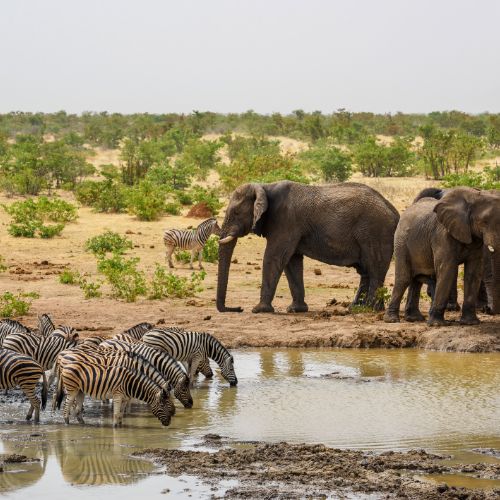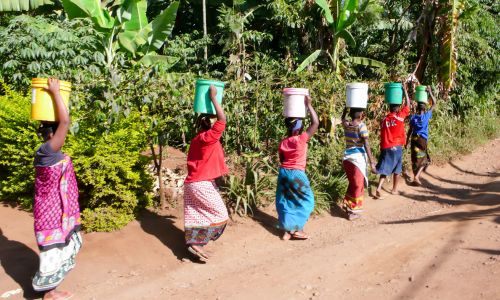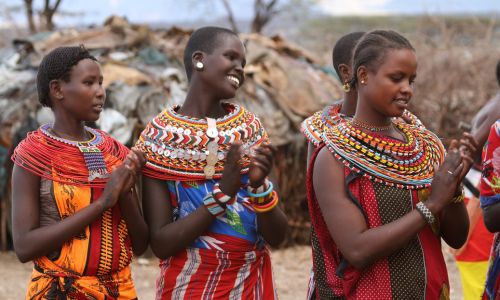With so many places in the world to visit, picking out a destination and committing to going there can be a challenge at times. If you’re craving adventure, vibrant culture, and breathtaking landscapes, we’re here to inform you that Senegal is a destination guaranteed to captivate.
This West African gem offers a unique blend of history, diverse ecosystems, and warm hospitality that resonates with every traveler who visits. Whether you’re exploring the lively streets of Dakar, relaxing on the pristine beaches of Saly, or marveling at the historic Island of Gorée, Senegal promises an enriching and unforgettable experience. However, preparing adequately for your first trip to Senegal is the key to truly enjoying all that this wonderful country has to offer. We’re here to cover the basics with you to ensure you’re ready for what’s to come.
Planning Your Trip
Proper planning is the first step toward ensuring your trip runs smoothly. Begin by looking into the area online to familiarize yourself with its key attractions and cultural norms. Senegal has its bustling capital city of Dakar, the pink-hued Lake Retba, and the UNESCO World Heritage site of Gorée Island. Learn about the country’s traditions, such as the concept of teranga—Senegalese hospitality—which is central to the culture. Understanding cultural norms like appropriate attire and greetings will help you blend in and earn respect from locals. Additionally, review current safety tips, such as staying vigilant in crowded markets and avoiding nighttime travel in certain areas. Fortunately, Senegal is a safe country to visit, so you won’t have to worry about this as much.
Timing your visit is also an important consideration. The best time to explore Senegal is during the dry season, which runs from November to May. With sunny skies and moderate temperatures, this is an ideal period for exploring outdoor attractions and attending local festivals like the Dakar Biennale or Saint-Louis Jazz Festival. The wet season, from June to October, brings heat, humidity, and heavy rains, which can dampen travel plans.
Budgeting for your adventure ensures you can enjoy the trip without financial stress. Senegal offers options for every budget. Travelers can anticipate spending anywhere between $50–$300 per day, which can include accommodation, meals, and transportation. Budget accordingly for activities like guided tours, entry to national parks, and souvenirs, and always keep a little extra available for unforeseen expenses.
Essential Preparations
Before you take off, there are a few key steps to complete. First, secure any necessary travel documents. Citizens of many countries, including the US and UK, don’t require a visa for stays of up to 90 days, but always confirm the latest requirements with Senegalese consulates. Ensure your passport is valid for at least six months after your trip date.
Health and safety should also be a top priority. Senegal requires proof of yellow fever vaccination, and you should consult your doctor about other recommended vaccinations, such as hepatitis A, typhoid, and meningitis. Consider taking anti-malarial medication, as malaria is present in Senegal. You should also consider getting travel insurance to cover medical emergencies, lost belongings, or trip cancellations.
Packing thoughtfully will make your trip more comfortable and enjoyable. Lightweight, breathable clothing suitable for the warm climate is essential. Pack modest attire, especially for visiting rural areas and religious sites, to show respect for local customs. Comfortable walking shoes are a must for excursions. Don’t forget essentials like a wide-brimmed hat, sunscreen, insect repellent, and a refillable water bottle to stay hydrated.

Getting Around Senegal
Navigating Senegal can feel overwhelming at first, so you’ll want to plan it out a bit in advance. Taking the time to understand transportation options will make it much easier. From bustling urban centers to remote rural areas, Senegal offers a range of transit methods. Taxis and minibuses, known as cars rapides, are common in cities like Dakar and offer an authentic—if sometimes crowded—local experience. Negotiate your fare before getting into a taxi, as they rarely use meters.
For longer distances, sept-places (seven-seater shared taxis) and buses connect major towns and are budget-friendly, though they vary in comfort. If you’re sticking to major tourist routes, private car rentals are also available and provide greater convenience and flexibility.
Planning your itinerary in advance ensures you’ll make the most of your time and avoid unnecessary stress once you arrive. It’s also helpful to learn a few French phrases, as French is Senegal’s official language, or pick up basic greetings in Wolof, the most widely spoken local language. Locals will appreciate even small efforts at communication.
Accommodation
Senegal offers a wide array of accommodation options to suit your budget and preferences. For those seeking luxury, there are high-end hotels and resorts in areas like Dakar and the beach town of Saly. Mid-range travelers can opt for boutique hotels and lodges, which are often charming and locally owned. Budget travelers will find affordable guesthouses and hostels where they can enjoy a warm and welcoming atmosphere.
Book accommodations in advance, especially if you’re traveling during peak tourist seasons or planning to attend major events. If you can find any, choosing locally owned accommodations is a great way to support the community and provide you with a more authentic experience. Many guesthouses and lodges are extensions of family homes and offer insights into daily Senegalese life.

Experiencing Senegal
Senegal is a land of endless discovery, with must-see attractions and memorable cultural experiences around every corner. Start your adventure in Dakar, where you can explore bustling markets, visit the African Renaissance Monument, and immerse yourself in the city’s vibrant music scene.
Nature lovers can explore the pink-hued waters of Lake Retba or witness the diverse wildlife of Niokolo-Koba National Park through Senegal tours. For a deeper connection with Senegal’s culture, visit a traditional Wolof village, participate in local crafts workshops, or share conversations with residents over a cup of ataya (Senegalese tea). Respect for local customs and traditions is key to a meaningful cultural exchange.
Dining and Cuisine
A trip to Senegal wouldn’t be complete without indulging in its world-renowned cuisine, so learning about what will be available to you beforehand is a great way to prepare for your first trip to Senegal. Senegalese food is a delicious fusion of African, French, and Portuguese influences, reflecting the country’s rich history. Prepare your taste buds for dishes like thieboudienne, the national dish made of fish, rice, and vegetables, or yassa poulet, a savory chicken dish marinated in lemon and onion sauce.
Street food lovers should try fataya (fried meat pies) or beignets on the go. Dining in local restaurants, or dibiteries, provides another way to mingle with locals while enjoying perfectly grilled lamb or fish. For first-time visitors, note that eating is often a shared experience.
Drink options include bissap (hibiscus juice), ginger juice, or even ataya, which holds special significance in Senegalese culture. Be cautious when consuming street food and stick to freshly prepared food to avoid stomach troubles. As long as you do that, you should find plenty of great meals to enjoy.




